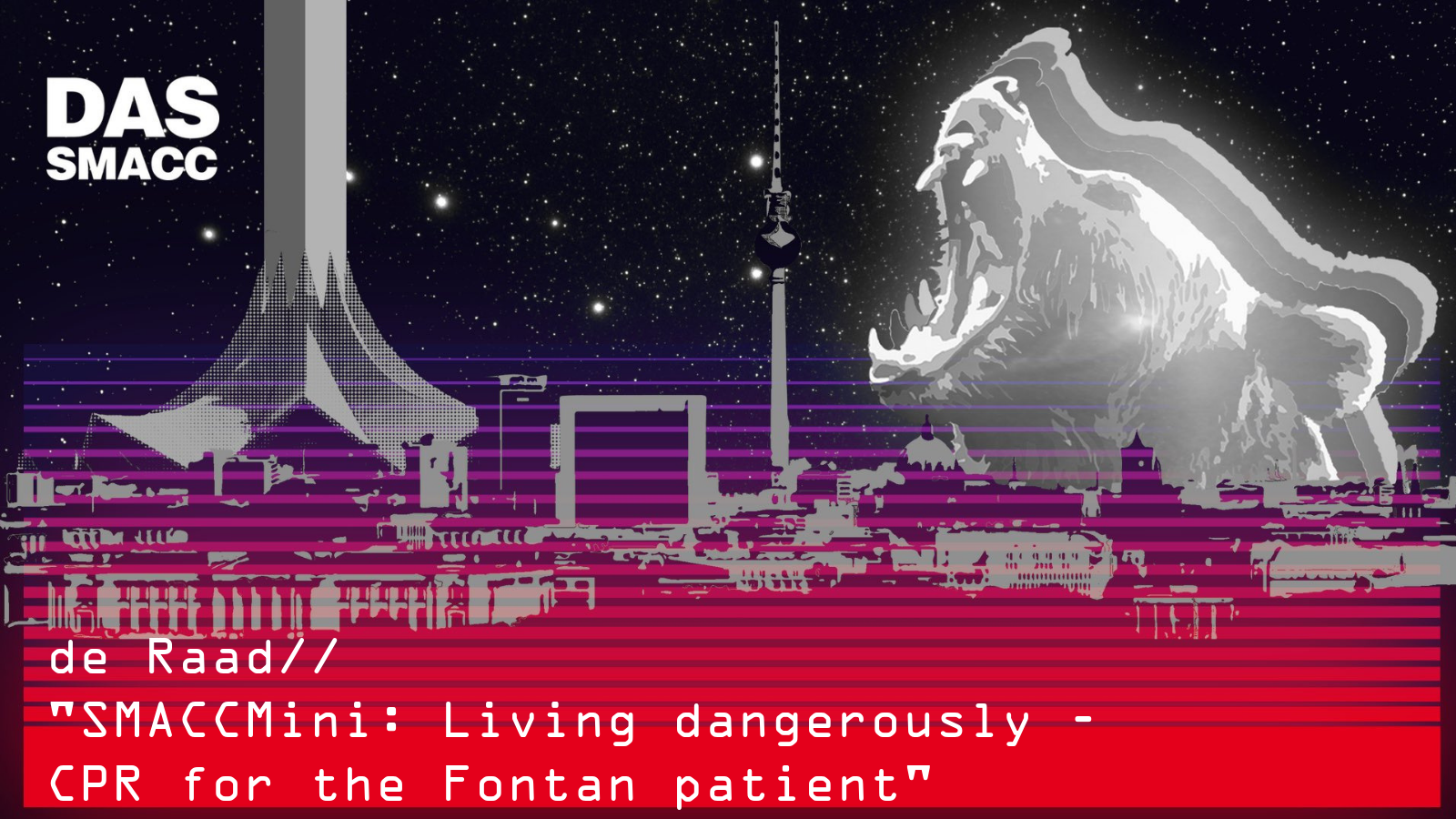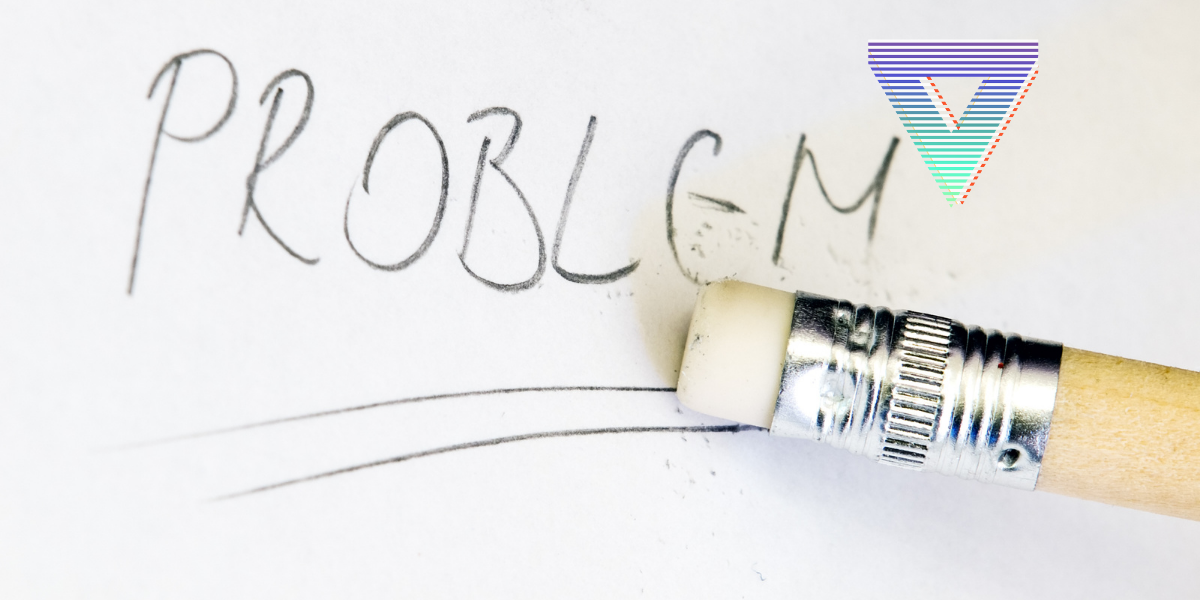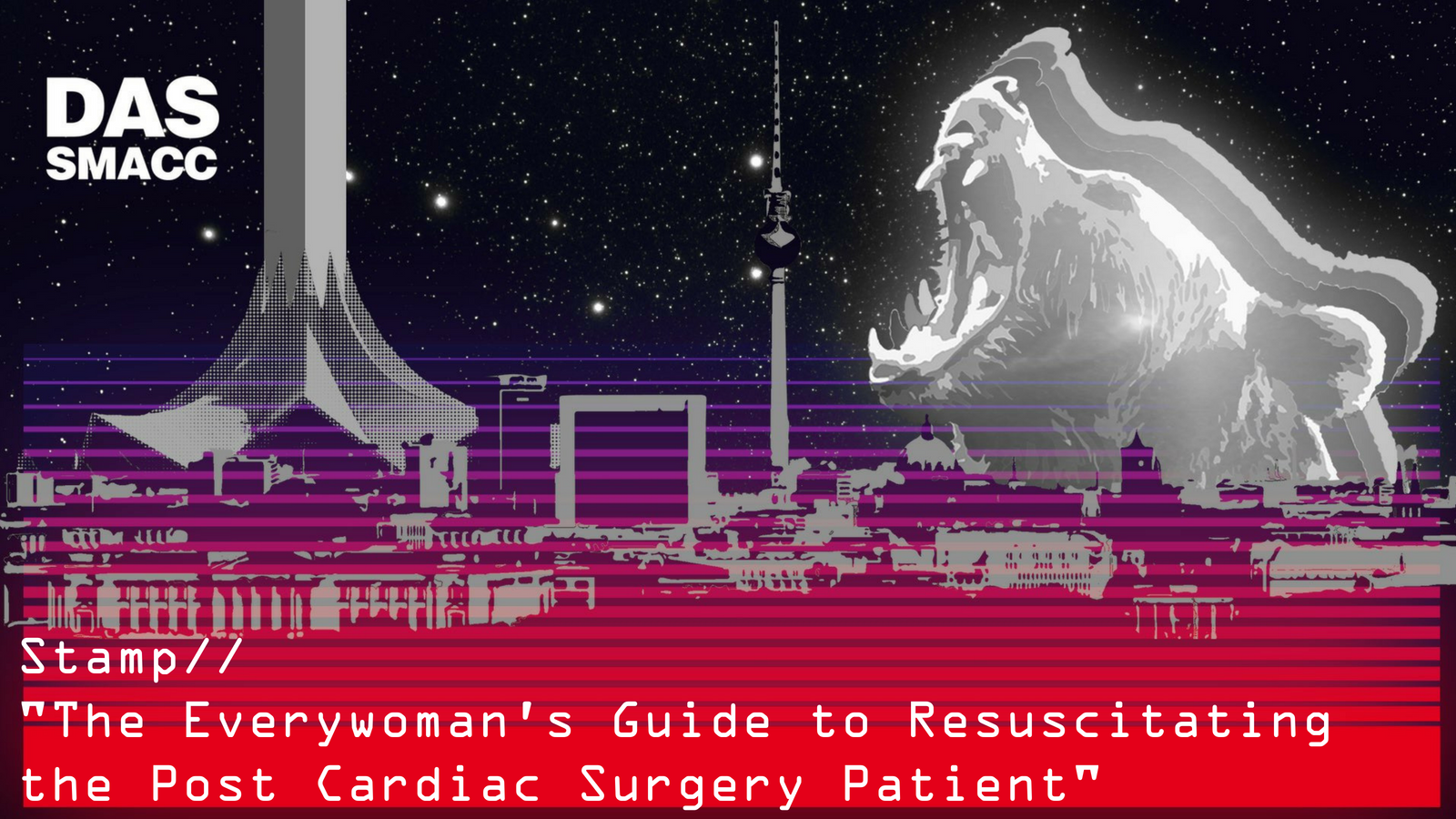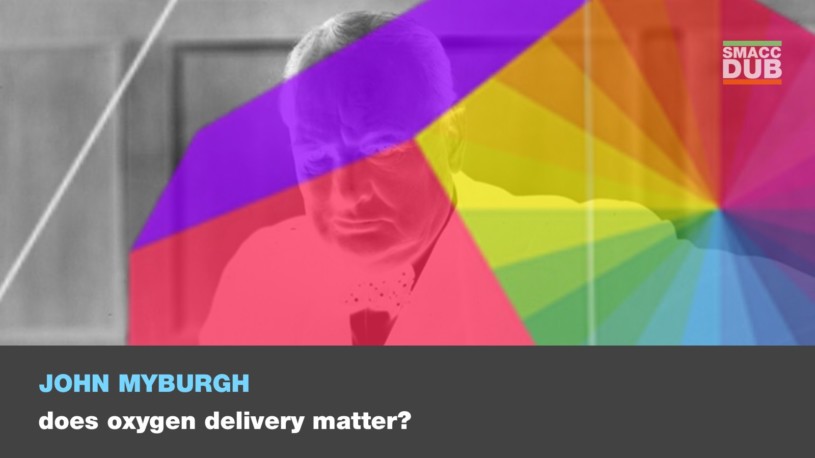CPR in paediatric congenital cardiac disease.
Join Timo de Raad as he discusses the complexities of CPR in paediatric congenital cardiac disease.
Timo introduces the listener to Emma, a 4-year-old cheerful and playful girl. Emma has hypoplastic left heart syndrome.
As a result, the heart cannot support adequate circulation around the body. 5 out of 10 000 live births in the Netherlands have this congenital heart defect.
Timo was there for Emma’s birth and he was there for Emma’s death. Treatment of hypoplastic left heart syndrome is a palliative three stage repair.
The first procedure is the Norwood – within the first two weeks. Subsequently the Glenn procedure is undertaken, and finally the Fontan.
Here, the pulmonary artery and aorta are combined to create one outflow tract from the heart. In essence, this creates one functional ventricle.
As a result, there is a change in the cardiac physiology.
This changes the dynamics when considering resuscitation in these patients.
In Fontan hearts cardiac output is dependent on the preload which in turn is dependent on how much blood flows through the lungs.
Accordingly, spontaneous breathing is critical for these patients. Constriction of pulmonary veins make it difficult for blood to flow back to the heart.
When dealing with cardiac arrest in these patients Timo suggests treating it the same as any resuscitation – utilising chest compressions and epinephrine (adrenaline).
He does suggest one extra thing, that being abdominal compressions. Timo describes the technique he uses. He pushes between the belly button and sternum. He recommends pushing as hard as if you were palpating the liver. In trials on awake patients, there were no complaints of pain when using this technique.
Additionally, Timo discusses the ratio of 1 to 1 chest to abdominal compressions during the resuscitation.
In conclusion, resuscitation of a paediatric congenital heart defect is challenging. Consider the growing evidence base on abdominal compressions whilst acknowledging the differing opinions in this space.
For more like this, head to our podcast page. #CodaPodcast





